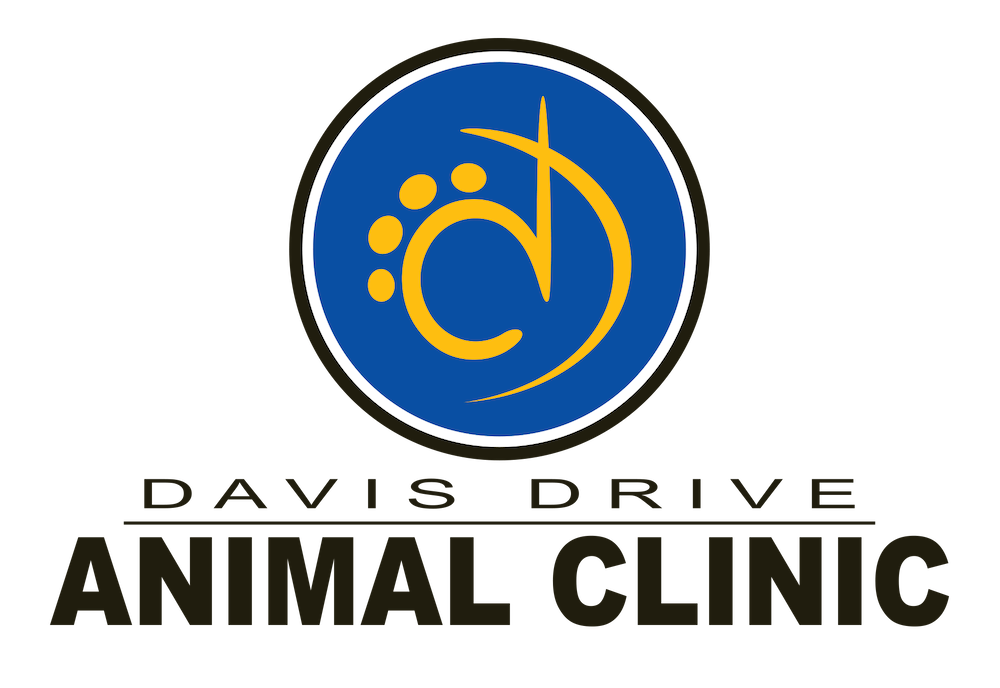Library
-
Bromethalin is a common rodenticide. Dogs are commonly poisoned when they find loose blocks placed for rodent control, or they access the bulk container. Clinical signs can develop as soon as 2 hours after exposure and as long as 5 days after exposure. There is no antidote for bromethalin, so promptly inducing vomiting can be lifesaving. Prognosis is poor to grave if severe clinical signs develop such as seizures, paralysis, or coma. Patients with milder clinical signs may recover after several weeks but may have permanent neurologic damage.
-
Bromfenac ophthalmic is a topical eye NSAID (Non Steroidal Anti-Inflammatory Drug) used off-label in in a variety of animal species to treat inflammation of the eye. It is often used post-operatively in animals who have undergone cataract surgery. It may also be used to treat allergic eye conditions such as conjunctivitis.
-
Bromides are given by mouth and are used off label to treat seizures in dogs. Common side effects include sleepiness, mild vomiting, restlessness, increased or decreased appetite, constipation, increased thirst, and increased urination. Do not use bromides in cats or in pets that are allergic to it. If a negative reaction occurs, please call your veterinary office.
-
Brucellosis is a contagious bacterial infection that can cause a number of reproductive problems, including infertility and abortion in breeding dogs. Male dogs infected with brucellosis develop epididymitis, an infection of the testicle. Female dogs infected with brucellosis develop an infection of the uterus. The infection is usually diagnosed by a blood test (rapid slide agglutination test). Treatment with antibiotics is not significantly effective and infected dogs should be removed from the breeding population. In the United States, brucellosis is a reportable disease.
-
The sole is the insensitive protective undersurface of the horse's foot in which are the highly vascular (rich in blood supply) and sensitive (rich in nerve supply) tissues (laminae) that connect the hoof to the pedal bone.
-
Brumation is a state of sluggishness or inactivity that wild bearded dragons undergo in extreme environmental conditions in their native Australia. Pet bearded dragons are often assumed to be undergoing brumation inside a normal household setting, but in many cases, the pet is sick. A veterinary examination is highly recommended for any reptile showing sings of lethargy or inactivity.
-
Some 50-80% of all cats over the age of four have periodontal disease (infection of the tissues surrounding the teeth). Brushing three times a week is the minimum recommendation to help remove plaque and prevent tartar accumulation. To be successful at brushing your cat's teeth, you must make it a positive experience for both of you. Do not use human toothpaste or baking soda. A list of dental products and diets that have been accepted by the Veterinary Oral Health Counsel can be found at vohc.org.
-
It is estimated that over 80% of dogs over the age of three have periodontal disease (infection of the tissues surrounding the teeth). Brushing three times a week is the minimum recommendation to help remove plaque and prevent tartar accumulation. To be successful at brushing your dog's teeth, you must make it a positive experience for both of you. Do not use human toothpaste or baking soda. A list of dental products and diets that have been accepted by the Veterinary Oral Health Counsel can be found on www.vohc.org.
-
They're perfectly willing to lie beside you (or on your lap) while you're reading a book, but if you invite them to play, they'll join a rousing game of catch-me-if-you-can.
-
Budesonide is a glucocorticoid (steroid) most often given by mouth in the form of a capsule to treat inflammatory bowel disease off label in dogs and cats. Common side effects include increased appetite, thirst, or urination, as well as lack of energy, weakness, panting, skin and haircoat changes, and weight gain. Do not use this medication in pets allergic to it, and use with caution in pets with gastrointestinal ulcers, diabetes, infection, or cataracts. If a negative reaction occurs, call your veterinary office.




